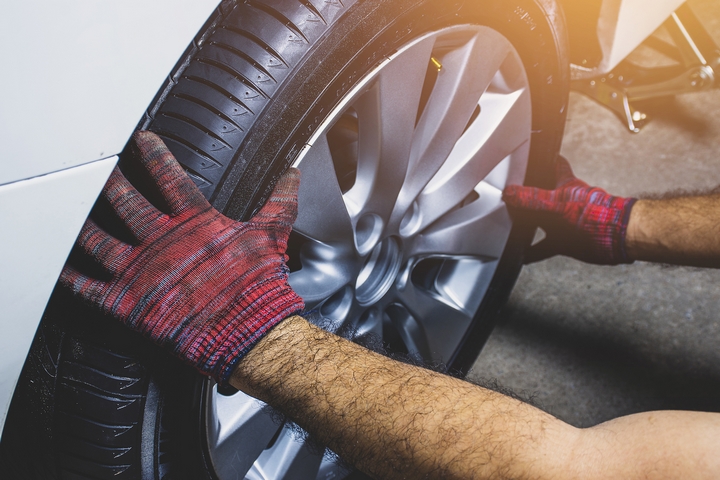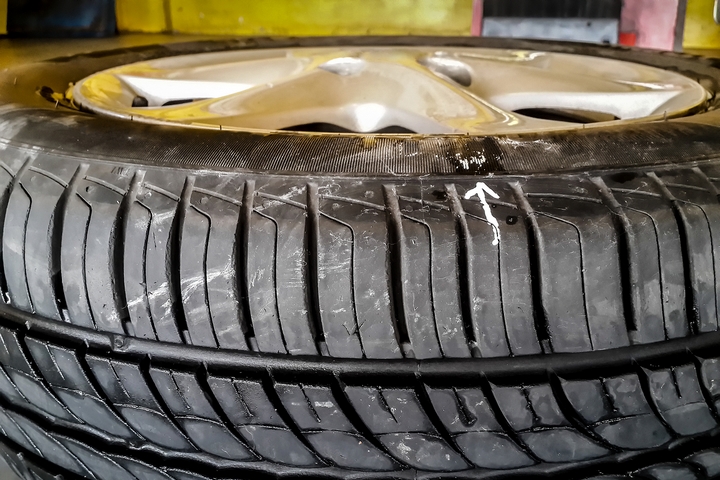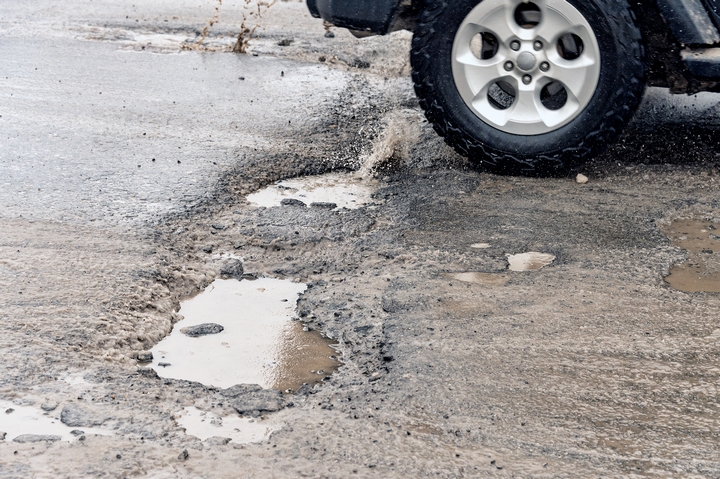Most drivers know about how crucial it is to have a good set of tires, when driving from one place to another. With a good set of wheels attached to your vehicle, it can make a difference between a smooth experience, and the potential for disaster. That is why it is imperative to keep them in a good state.
It isn’t all doom and gloom, when it comes to your tires, however. Manufacturers ensure that the car tires are made to last, no matter what environment they are used on. In some cases, you may begin to notice negative appearances on them, such as bulges.
What is a bulge in a tire?

Before we explain the causes, it’s crucial to understand what a tire bulge is first. The external and internal swelling of your wheels appears when your tires come into contact with a hazardous force. Road surfaces are probably the most common factor for bulges to manifest, as they can be pretty harmful.
When not taken seriously, you risk having your tires completely failing on you. Not only can this stop your car from working as intended, but you risk serious harm happening to you. Bulges require your full and undivided attention, and you should contact a mechanic immediately. That way, you reduce the amount of danger from occurring to you.
What causes a bulge in a tire?

Bulges can happen in a number of ways, but the process remains the same for however they manifest. It all comes down to the nylon cord, which allows the tire to perform as intended. When the structure of this cord becomes endangered, the pressure created results in external damage.
This type of damage then manifests on the top surface of the tire, which leads to the rubber stretching out. Should the rubber continue to stretch out, along with continued use of the tire, the bulge will increase. As previously mentioned, when not fixed sooner, the complete bursting of the tire will inevitably occur. Here are the four common causes of a bulge in a tire:
Cause #1: Pothole Contact
 The nylon cord within the tire itself can be damaged in one of multiple ways. One of the most common means in which bulges can occur is through contact with potholes on the road. No one likes coming across these holes on the road, however small they may appear. Should your tires hit them, unintentionally or otherwise, a bulge may then occur.
The nylon cord within the tire itself can be damaged in one of multiple ways. One of the most common means in which bulges can occur is through contact with potholes on the road. No one likes coming across these holes on the road, however small they may appear. Should your tires hit them, unintentionally or otherwise, a bulge may then occur.
The issue of tire bulges can increase exponentially if you come into contact with one at a high speed. Many tires are built to withstand the potential damage from hitting a pothole, but they aren’t invincible. That is why it is always imperative to keep your eyes on the road, and always drive safely!
Cause #2: Underinflated Tires
 Your tires are supposed to be kept in a good state of condition, before hitting the road for your commute. Anything less than ideal can seriously increase the chance that your wheels become bulged out. Even if you are a defensive driver by nature, tire bulges can manifest via underinflated tires used on a daily basis.
Your tires are supposed to be kept in a good state of condition, before hitting the road for your commute. Anything less than ideal can seriously increase the chance that your wheels become bulged out. Even if you are a defensive driver by nature, tire bulges can manifest via underinflated tires used on a daily basis.
It is always recommended to check the air pressure within your tires at least once a month. Take a look at your owner’s manual, which should provide you with the correct PSI number for your wheels. By keeping your tire’s pressure at an ideal level, you mitigate the chance of them becoming bulged out.
Cause #3: Car Accidents
 Head-on contact with powerful objects, while on the road, can seriously affect all parts of your car. Should you get into a car accident, however small it may be, you risk having your tires swollen by the contact. Car accidents can be quite damaging to the tires in particular.
Head-on contact with powerful objects, while on the road, can seriously affect all parts of your car. Should you get into a car accident, however small it may be, you risk having your tires swollen by the contact. Car accidents can be quite damaging to the tires in particular.
The only way to truly lessen the chance of this occurring to your tires is to drive carefully. Make sure that you keep your eyes on the road at all times, even if your trip is rather short. That way, you protect your vehicle in more ways than one.
Cause #4: Manufacturing Defects
 Although this is probably the least common cause of tire bulges, it is still important to discuss. All products, no matter what industry they come from, are susceptible to arriving in an undesirable state. The same sentiment can apply to your tires as well.
Although this is probably the least common cause of tire bulges, it is still important to discuss. All products, no matter what industry they come from, are susceptible to arriving in an undesirable state. The same sentiment can apply to your tires as well.
Therefore, if you suspect that one of your tires has been affected by a bulge, contact the manufacturer. The last thing you’ll want to do, as a driver, is to use a potentially problematic set of tires when driving!
Even though they are built to last for years on end, tires can become easily susceptible to wear and tear. Bulges can be a nuisance to deal with, but, thankfully, the right repair job is never far off!




